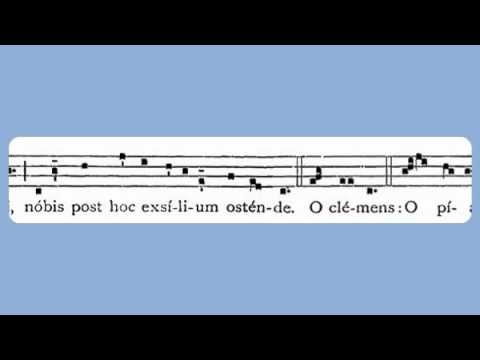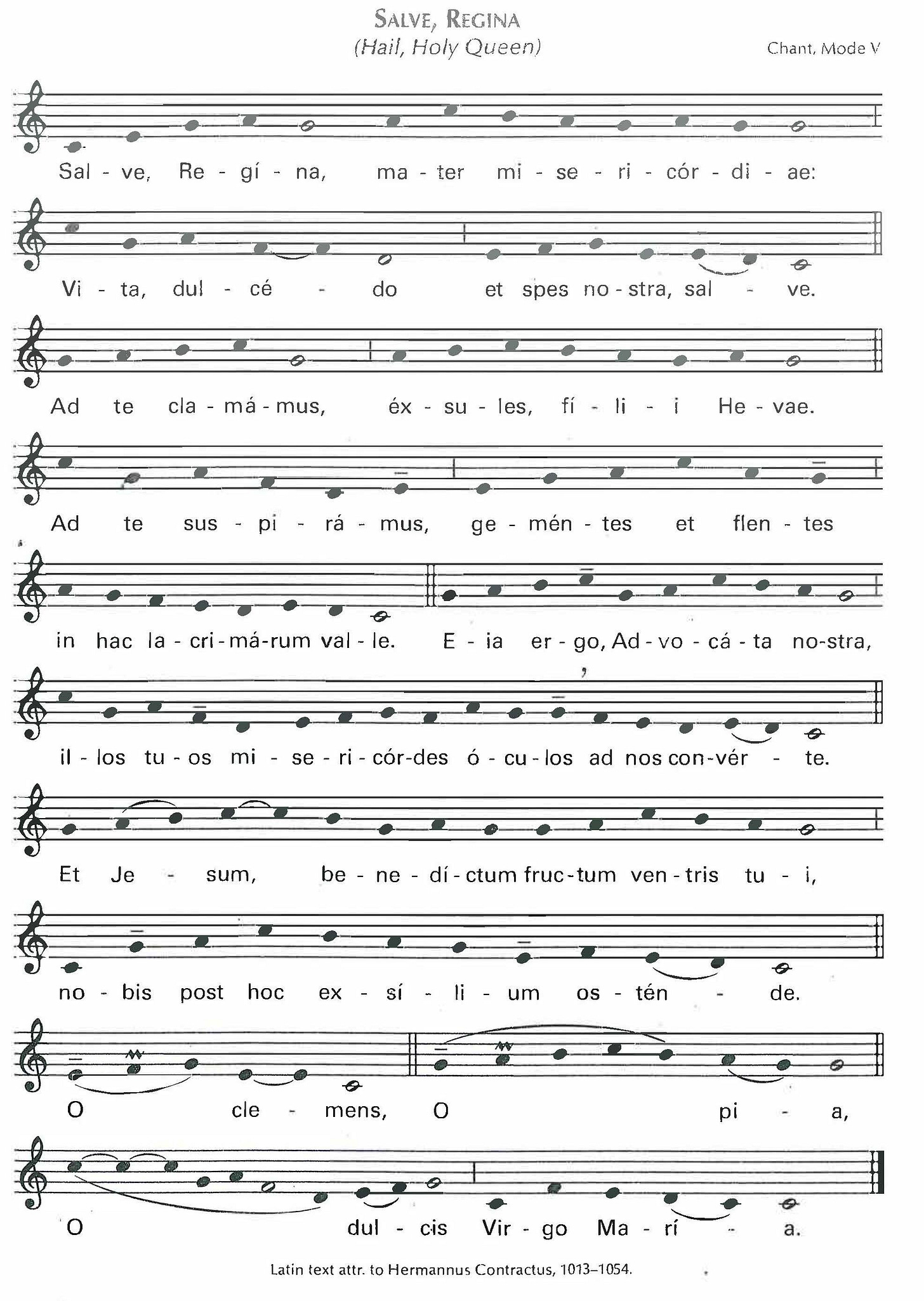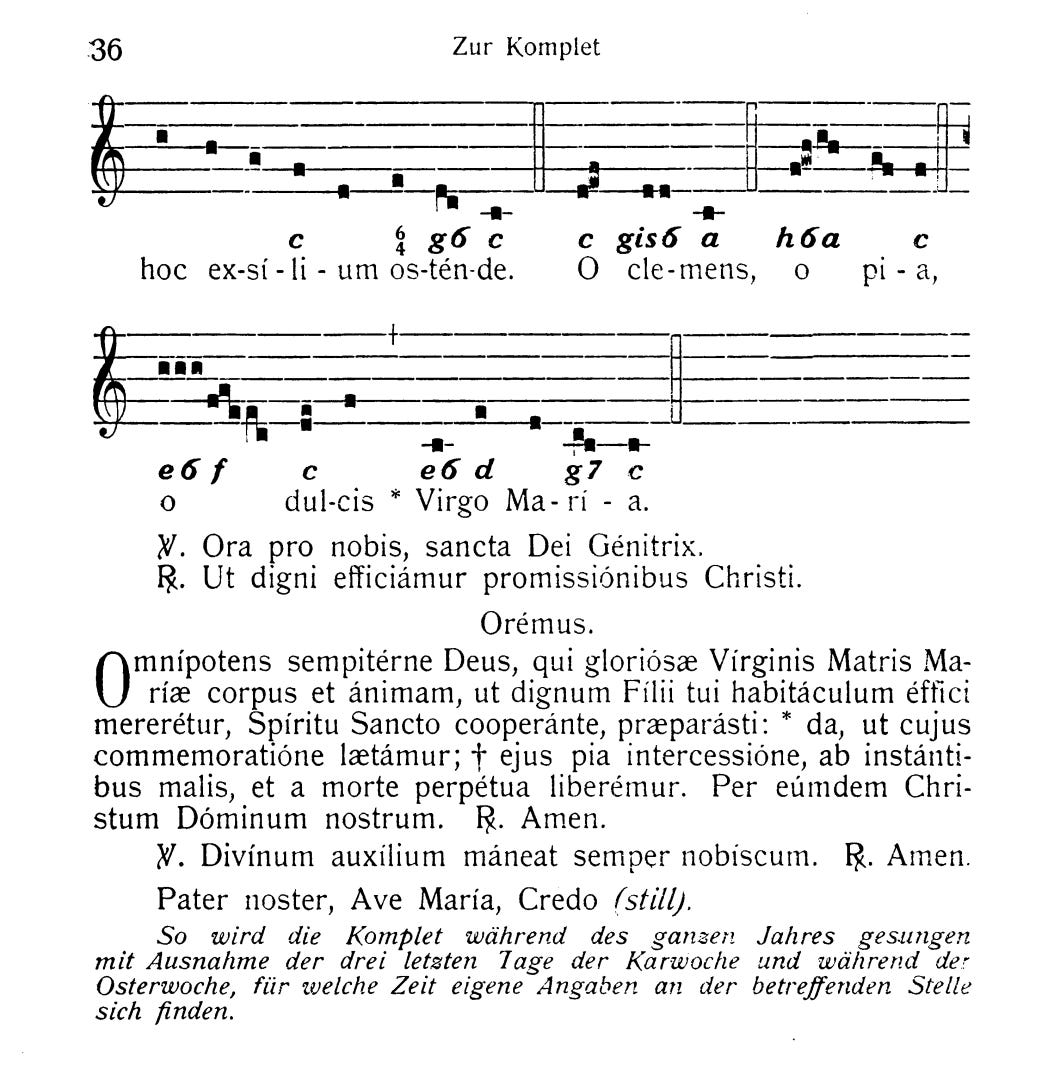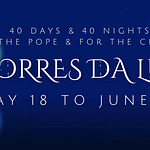ETERNAL WISDOM
JESUS TO ST. FAUSTINA:
“Pure love gives the soul strength at the very moment of dying.
When I was dying on the cross, I was not thinking about Myself, but about poor sinners, and I prayed for them to My Father.
I want your last moments to be completely similar to Mine on the cross.
There is but one price at which souls are bought, and that is suffering united to My suffering on the cross.
Pure love understands these words; carnal love will never understand them.”
(ENTRY #324)
The Rosary Hour Podcast Newsletter (w/audio) Memorial of St. Martín de Porres
3 novembro / November 3, 2022 [1st Edition: Sent by e-mail and posted for Substack App Subscribers & Regular Readers for Beta Edition]; Edition 2]1
A Collaborative Presentation by: The Rosary Hour Podcast Team [Porto, Portugal]
(w/ Audio support for the visually impaired, those with ABI, and those who are sick / hospitalized / homebound)
A BETA POST FOR SUBSCRIBERS OF THE ROSARY HOUR PODCAST NEWSLETTER - BEST READ IN THE APP. THIS E-MAIL WAS SENT TO OUR READERS AS A GIFT TO YOU FOR YOUR SUPPORT & PRAYERS. GO AHEAD and FORWARD TO ANYONE and FEEL FREE TO INVITE THEM TO READ THIS POST BY USING THE APP & SUBSCRIBING TO THE ROSARY HOUR PODCAST’S NEWSLETTER. THANK YOU, and ENJOY, and GOD BLESS YOU!
PART I: THE SALVE REGINA & ST. MARTÍN DE PORRES (Modern Score)
Third Edition, Edited by Travessa da Senra House Press © Porto, Portugal created for The Rosary Hour Podcast Newsletter & Substack App Reader with Audio from Nov. 3, 2022. All rights reserved. © COPYRIGHT 2022-present. re: pinned Nov. 3, 2024.
That the life of Saint Martín de Porres inspires our supernatural love for praying the Holy Rosary and understanding of it extends from our knowledge of the miracles that grew out of his exceptional piety, uncommon charity, and Christlike obedience to the Gospel.
Healing the sick, bilocation, food multiplication, and communication with animals were real manifestations of his robust Catholic Faith — the fruit of his collaboration with God’s Holy Will.2
For de Porres, the act of singing the Salve Regina was itself an act that merited supernatural favours from the Blessed Mother, a reality that may inspire us today to find more opportunities to sing to the Queen of Peace at Saturday morning Holy Mass and our Devotions in the spirit of love and reparation to her Immaculate Heart.3
So often, however, it happens that we attend a mass or a devotion, either locally or somewhere new in the world, and discover, in our post-pandemic era, that hymnals are still gone from the pews.
Thus, when the opportunity to sing the Salve Regina arises, some of us remain helplessly unable to participate in the graces of joining in song to honour the Mother of God.
As the Liturgical Calendar approaches First Saturday this weekend, and with advent around the corner, The Rosary Hour Podcast Newsletter Team invites readers to this special Music 101 session on two versions of the Salve Regina.
To penetrate the mystery of this antiphon, so beloved by St. Martín de Porres and his contemporaries, one must first study how to sing it with a similar fervour.
In today’s post, we’ll provide ideas on how to explore this Marian antiphon by ear, as well as strategies to commit it to memory, if possible.
(With God, all things all possible.)
We hope these tools will assist our readers and others to learn to sing the "Salve Regina" with the enthusiasm of St. Martín de Porres, the Angels and the Saints.4
SO… WHAT IS THE DIFFERENCE BETWEEN “THE SOLEMN TONE vs. SIMPLE TONE” OF THE SALVE REGINA??
“THE SIMPLE TONE”:
The SIMPLE TONE of the “Salve Regina” is sung in MODE 1, or the IONIAN MODE:
Here is the modern notation: [CLICK THE LINK TO LISTEN HERE]
“THE SOLEMN TONE”
The SOLEMN TONE of the “Salve Regina” is sung in MODE 2, or the DORIAN MODE:
Here is the modern notation of the SOLEMN TONE [LISTEN HERE]
SALVE REGINA — MELODY RECAP: LIGHT vs. DARK
A simple way to understand the musical differences between the two melodies is that:
Melody #1 — SIMPLE TONE — is a light tone (or composed with notes in a “major” scale);
Melody #2 — SOLEMN TONE — is a darker tone (or composed with notes in the "minor" scale).
The texture of any piece of music can shift depending on the mode chosen, and while the SIMPLE TONE (MODE 1) of the SALVE REGINA is very popular, the SOLEMN TONE (MODE 2) may be less known, perhaps because it is sung at Compline (a prayer that is part of the Divine Office).
PART II: RANDOM MUSINGS & MUSICAL DISCUSSION FOR THOSE WISHING TO TAKE THEIR MUSICAL EFFORTS TO THE NEXT LEVEL
A. HISTORY OF THE SOLEMN TONE
COMPLINE + SALVE REGINA + BLESSED JORDAN
As tradition describes, in 1221 Blessed Jordan of Saxony implemented the melodic prayer to be sung in communal procession at Compline.
This instinct to include the “Salve Regina” in prayerful utterance each night was not only to ward off evil spirits, but also to invoke the powerful intercession of the Blessed Virgin Mary before retiring to bed.
A nightly recitation of this Solemn Tone can encourage prayer of this antiphon in song on a regular basis. Try practicing during evening Compline as one of the hymns chosen.
Try to sing in procession on a Marian Feast day perhaps Dec. 8? or Jan 1? — get permission to process (with incense) as a Parish around the block of your Parish and/or from a Plaza. Pray the Rosary together and sing the Salve Regina publicly during advent as a way to sanctify the neighbourhood and invite the Mother of God to bless the streets and publicly demonstrate a love for the Queen of Peace.
B. With Time, Effort and Perseverance, anyone can learn this Melodic Antiphon!
As many individuals with musical training often discover with decades of experience, so much of the process of learning a piece music evolves out of the time spent in the practice of learning that music.
As with the development of any art, even if gifted with the best music teacher, or singing teacher, or singing coach, discipline to practice always impacts the execution of overall musicality of the piece and one’s musical expression of it.
For those of us who have led the music classroom and/or struggled with the process of learning a piece of music for stage performance, we know that trial and effort to study the pitches can enhance the real time performance of any score in any context — bringing us closer to approaching the prayerful offering to God, Jesus and His Blessed Mother by / like Saints like de Porres sought after.
C. Plain Song and Learning the Solemn Tone of the Salve Regina by Ear
In the next part of this article, we’ve inserted YOUTUBE videos to teach the “notes” of the Salve Regina, including the version for Sunday Compline5.
The plain song score reminds us of the power of what we will call (instead of intervalic something-or-other): learning a piece of music by ear.
The plain song visually points our attention to measuring the spaces between one note and another.
So, any aspiring vocalist, whether refined or just starting out, can strive to “hit” the notes as they are written in the score with greater precision by ear.
To better achieve this objective, albeit slowly and with practice over time, a tuned piano, or piano app can assist with pitch accuracy.
Even without formal musical training, one can still be confident in learning this music by ear by listening to the YouTube clips we’ve provided below.
D. STRATEGY THOUGHTS (INCLUDING / BUT NOT LIMITED TO… )
Hit pause after each melodic phrase or musical sentence: you choose the segments.
This is a stop and start method (with repetition of more difficult parts)…
perhaps you will repeat those parts more often;
GOAL: break down the learning of the pitches into manageable chunks.
Practice as many times as needed, and be willing to pick just one segment at a time to work through, rather than tackling the entire piece of music in one go, especially for the SOLEMN TONE, which is more ornate and lengthy.
E. Above all, Avoid the Mythical Belief that you are “Tone Deaf”.
It is not often possible, even for trained singers, always to hit a “pitch” with the absolute scientific precision, or to belt out a sound with the power of a great Bel Canto Opera star.
In the end, one may humbly approach new melodies by ear and with accuracy by clarifying (without necessarily applying the the “science of singing” learned in formal vocal classes) …
A formal lesson with a vocal teacher would, of course, explain control of the breath (diaphragm, not the lungs) as well as a willingness to tighten the pitch accuracy via articulation that sustains the notes on the score. [Triads up and down the scales in all the keys, etc.]
F. Recommended: Avoid Switching to other pitches as you learn each note
The myth of “tone deafness”, perhaps comes from a resistance to hold the note you are singing for a little while before moving to the next pitch / note.
When you practice, take a moment to correct the pitch by waiting until the note in the melody “tunes itself to” / “matches the pitches” you hear on the piano and then move on.
Be confident that your ear will do most of the work and know that the resonance in the parish will offset any self-perception that may prevent the desire to sing in the first place. Join the choir to practice with others once you feel confident with the Salve Regina solo.
After you’ve explored solo a difficult passage once or twice at the slower speed you choose, then try to add the note lengths dictated by the score AFTER studying the pitches with the videos provided.
(a.k.a. Listen and copy verbatim what you are hearing.)
G. An Extra Note on Sight Singing / Relative Pitch
Some attend mass with frustration because it is difficult to read the music.
If you wish to pursue more sight singing options, look for “Solfege classes” which can develop strong basic ear training, and help develop more accurate score reading spontaneously.
With a number of lessons, you will start to train your ear with persistent daily practice that helps remember the relative pitch of each sound.
Anyone can train the brain to follow the melody of a song and replicate it accurately without having perfect pitch, and even just with YouTube teaching you how.
Just give it time, practice, repetition, and patience.
H. NOW YOU A READY TO LEARN THE SOLEMN TONE!
The SOLEMN TONE of the SALVE REGINA may seem challenging to learn at first.
Once you are comfortable with the melody, after listening to it several times, such that the melody resonates effortlessly in your memory, and becomes predictable enough to replicate, the Latin pronunciation will become easier to grasp, especially as you review the videos with the plain song:
CLICK THE LINK FOR THE Solemn Tone on YouTube.
PART III: GREGORIAN CHANT — READING THE PLAIN SONG
PLAIN SONG: SOLEMN TONE “Salve Regina” from Fr. Weinmann’s Vesperbuch
PAGE 1: SALVE REGINA, SOLEMN TONE in PLAIN SONG
PAGE 2: SALVE REGINA, SOLEMN TONE in PLAIN SONG
In his book, Fr. Weinmann explains that THE SOLEMN TONE of the Salve Regina is sung from “the First Vespers of the Feast of the Holy Trinity to the Saturday before the First Sunday of Advent” (and/or the fourth Sunday before Christmas).
As we approach Advent, we invite your Rosary group / Music Ministry to persevere in performing this Marian antiphon in Latin and a capella in the SOLEMN and/or the SIMPLE TONE.
(Be sure to invite young children to participate: they love to honour and please the Blessed Mother with song. They can learn from YouTube too!)
If your community doesn’t yet have a public recitation of the Holy Rosary before the Holy Sacrifice of the Mass, or perhaps at an evening mass (one might invite children after the school day once a month), consider inviting students to sing the Salve Regina together; perhaps also at a Sunday Night Compline which might includes an option for family prayer of the Rosary and sung antiphons for the Blessed Mother.
MORE VIDEOS
Here are two more videos of the SOLEMN TONE w/ varying vocal ranges:
CHORAL PERFORMANCE (VERSION 1)
CHORAL PERFORMANCE (VERSION 2)
PLAIN SONG: SIMPLE TONE “Salve Regina” from Fr. Weinmann’s Vesperbuch
BELOW WE’VE ADDED a YOUTUBE VERSION of “THE SIMPLE TONE” (Einfache Gesangsweise) OF THE SALVE REGINA
PLAIN SONG OF SIMPLE TONE, PAGE 1 from Fr. Weinmann’s Vesperbuch.
PAGE 1: SALVE REGINA, SIMPLE TONE in PLAIN SONG (Vesperbuch)
PAGE 2: SALVE REGINA, SIMPLE TONE in PLAIN SONG (Vesperbuch)
CITATION: “St. Martin De Porres sang to the Queen of Saints with Miraculous Fervor. Learn two melodies by ear for the "Salve Regina". Download: Plain song & text screenshots from Father Weinmann's "Vesperbuch"“ — CONCEPT & PUBLISHED BY TRAVESSA DA SENRA HOUSE PRESS (PORTO, PORTUGAL) via The Rosary Hour Podcast Newsletter (Nov. 3, 2022: Memorial of St. Martín de Porres).
EDITION #1: Last Updated 7h10 Nov. 4, 2022 - (Reviewed by: IZN / DB / BK / C) and dedicated to June, Valerie and Edward. [Sent by e-mail, Nov. 3, 2022 to Subscribers as a beta version of this article for the Digital Toolkit’s Music Ministry Folder].
The Rosary Hour Podcast Newsletter (w/audio) Memorial of St. Martín de Porres
(w/ Audio support for the visually impaired, those with ABI, and those who are sick / hospitalized / homebound as we ask for the intercession of this Saint of the Sick and the Afflicted)
NOV. 3 POST — FOOTNOTES:
We are working on a revised version of this early pre-print of this article for the Digital Toolkit. Thanks for your feedback in the comments box below:
Our youngest podcasters recommend the classic EWTN episode on St. Martín de Porres for young children here.
Blessed Lucia was reminded in 1925 at Pontevedra about the importance of the Five First Saturdays.
Download Instructions: Load the hidden images for this post.
Additionally, we invite parents, Godparents, grandparents and educators to have young children write out and memorize the following Compline Prayer Antiphon to be uttered before bed every night and encourage prayer of the Divine Office:
“Protect us Lord, as we stay awake, watch over us as we sleep, that awake, we may keep watch with Christ, and asleep rest in His Peace. Alleluia.”


















Share this post